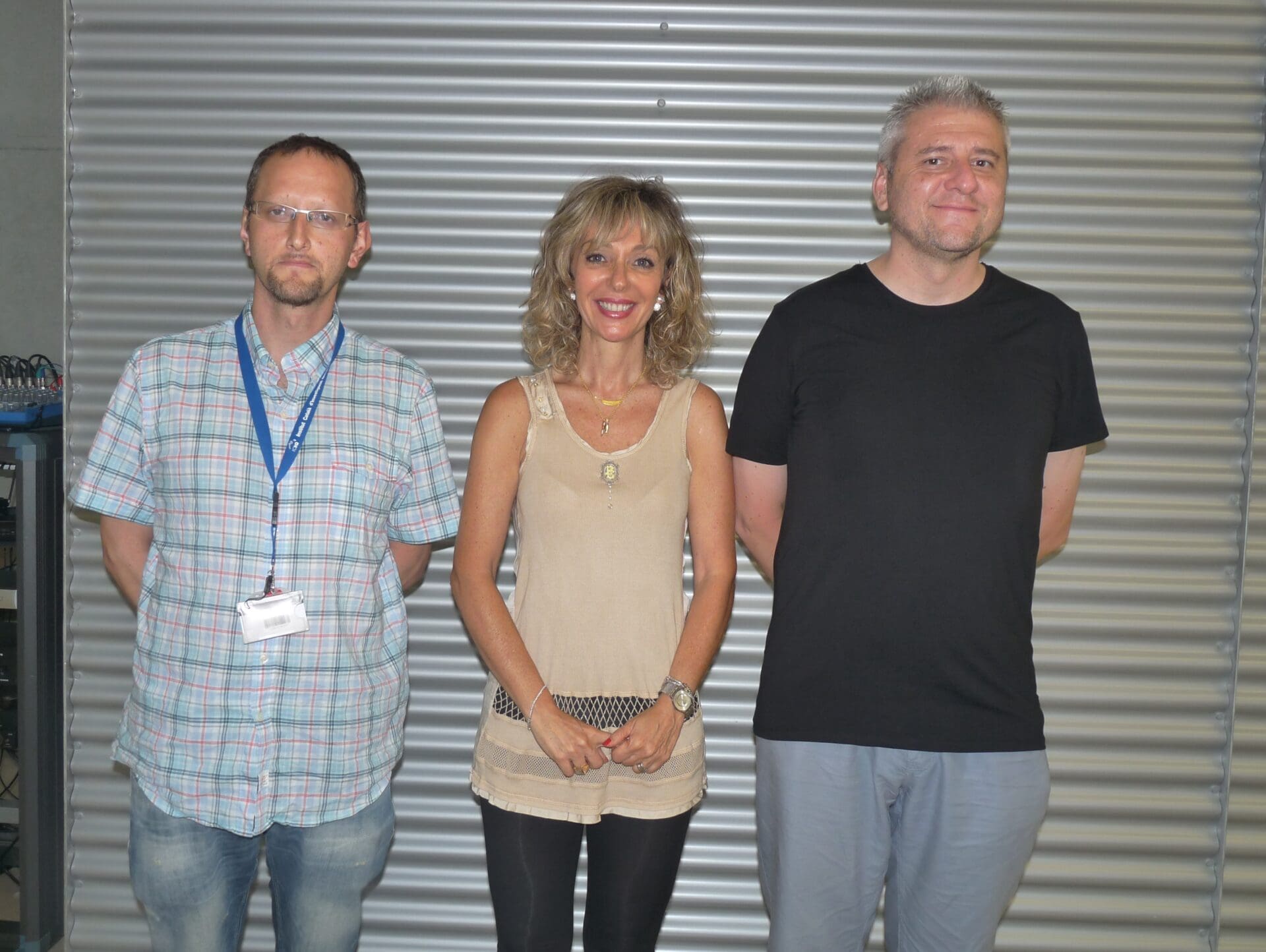
 10/07/2015
10/07/2015
 12:00
12:00
 ICIQ Auditorium
ICIQ Auditorium
- Lecturer: Prof. Maria Laura Mercuri
- University: Università Degli Studi di Cagliari (Italy)
Anilates as Challenging Building Blocks for Magnetic and/or Conducting and Luminescent Molecule-based Materials
In the search for new functional molecular materials whose physical properties can be easily tuned by simple changes on the molecular structures of their building units, we have designed and synthesized a family of paramagnetic/luminescent metal complexes of general formula [MIII(X2An)3]3- (MIII = Cr, Fe; X = Cl, Br, I, H, CN; An = 2,5-dihydroxy-1,4-benzoquinone).1,2 These metal complexes are valuable building blocks for the preparation of functional materials, such as molecule-based ferrimagnets and magnetic molecular conductors, where the nature of the X substituent at the 3,6 positions of the anilate ring can play a key role in determining their physical properties.3-5 Here we report the synthesis and the full characterization of these metal complexes as well as the synthesis and characterization of a novel family of molecular ferrimagnets formulated as A[MnIICrIII(X2An)3] (A = (n-Bu)4N+, [(phen)3(H3O)]+, X = Cl, Br, I). In this family, a simple change of the substituent atom (X) on the bridging ligand allows for a fine tuning of the magnetic properties: the ordering temperature increases from 5.5 to 6.3, 8.2 and 11.0 K for X = Cl, Br, I, H, respectively.3 Furthermore, by combining the paramagnetic metal complex [Fe(Cl2An)3]3- with the organic donor BEDT-TTF (bis-ethylenedithio-tetrathiafulvalene) and its chiral derivatives (S,S,S,S)- and (R,R,R,R)-TM-BEDT-TTF via electrocrystallization, two novel families of paramagnetic molecular conductors have been obtained. The crystal structures and the physical properties of these magnetic/conducting hybrid systems will be also reported in this communication along with the synthesis and full characterization of the [Al(ClCNAn)3]3- complex, a novel red luminophore under convenient visible light irradiation.4,5
Figure: (left) AC susceptibility measurements for the compounds of the [MnIICrIII(X2An)3]– (X = Cl, Br, I, H) series and a partial view of the crystal structure; (right) Conductivity measurements for the a”’-[BEDT-TTF]18 [Fe(Cl2An)3]3·3CH2Cl2·6H2O system and a partia view of the crystal structure.
Other events

Let's create a brighter future
Join our team to work with renowned researchers, tackle groundbreaking
projects and contribute to meaningful scientific advancements




















